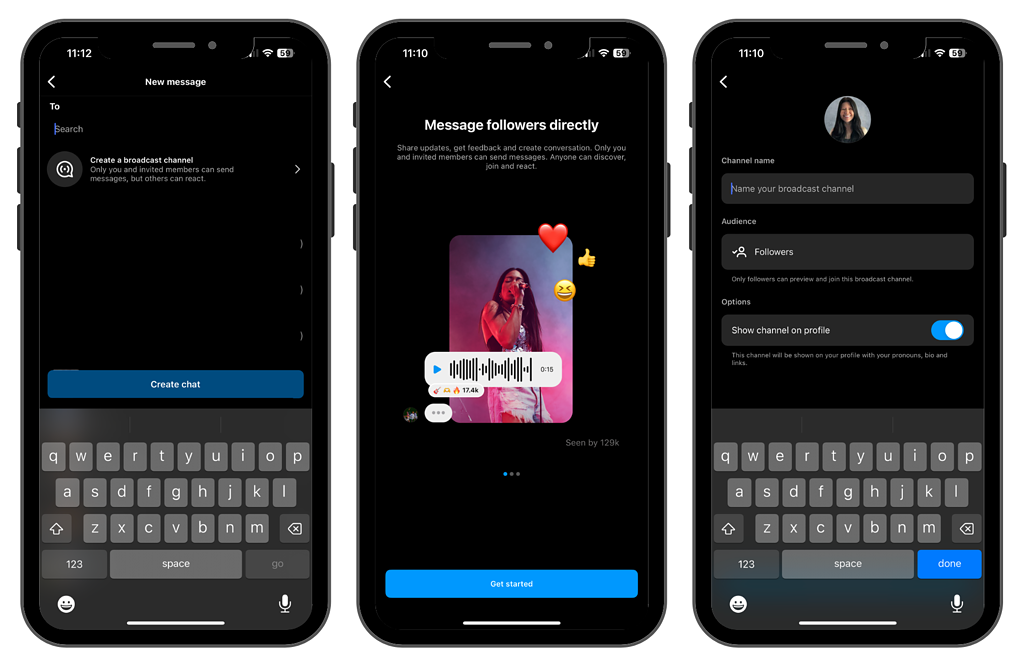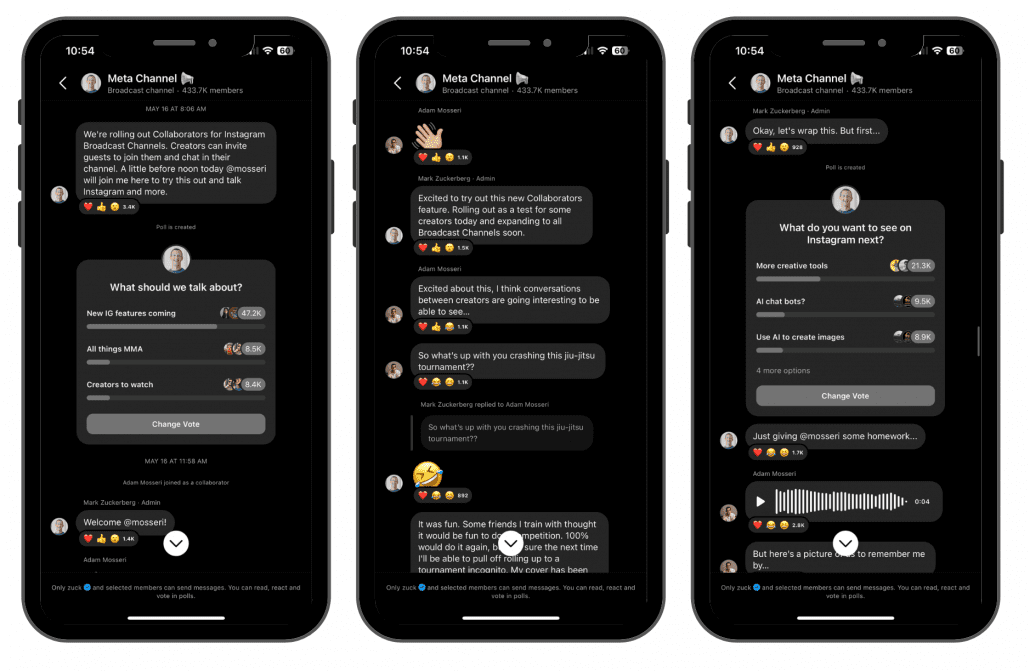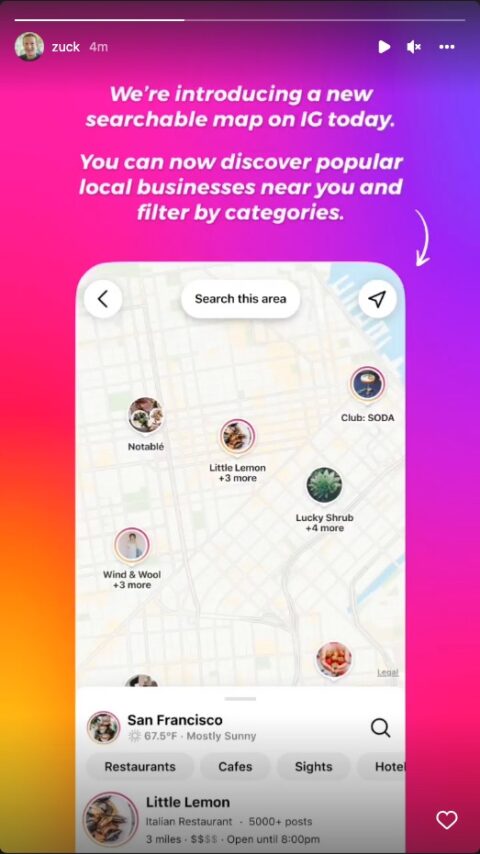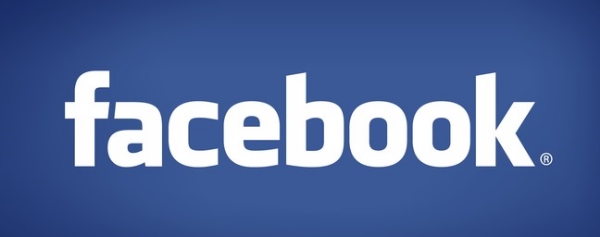For the few of you out there who don’t know, Facebook and the other platforms it owns (Instagram and WhatsApp) experienced an outage yesterday, October 4. The outage kept the sites offline for more than six hours after beginning around 10:30 AM Monday morning.
Apparently, the problem was made even worse as Facebook’s own internal tools and communication systems went down at the same time, making it even harder for engineers to address and fix the problem.
Now, we are learning what caused the outages as Facebook and its CEO, Mark Zuckerberg, apologize for the interruption to its services.
Why Did Facebook Go Offline?
According to official statements from the company, Facebook, Instagram, and WhatsApp went down Monday, October 4, 2021, due to an interruption in communication between the company’s data centers.
This interruption was caused by configuration changes on the routers coordinating traffic between the data centers. These configuration changes brought about a disruption in network traffic that cascaded into a complete service shutdown.
As the company explained:
“Our services are now back online and we’re actively working to fully return them to regular operations. We want to make clear at this time we believe the root cause of this outage was a faulty configuration change.”
Mark Zuckerberg himself posted a brief personal apology, which states:
“Facebook, Instagram, WhatsApp, and Messenger are coming back online now. Sorry for the disruption today — I know how much you rely on our services to stay connected with the people you care about.”
Was Any User Data Compromised?
Throughout the outage, rumors swirled that the disruption was the result of hackers, DDoS attacks, and numerous other causes. This inevitably also led to speculation that user data had been compromised during the situation.
Despite the rumors, Facebook denied any such issues:
“We also have no evidence that user data was compromised as a result of this downtime.”
How Advertisers Are Effected
Since the outage also made it impossible to actually run any ads across the company’s platforms, Facebook says it will not charge advertisers for any campaigns running during the outage time.
Now that services are back online, the company says ads should be running as normal. In some situations, the company may even enable accelerated delivery to make up for potential lost reach.
What Can Be Learned
Obviously, outages like this are entirely out of most of our hands. Still, there is one thing we can take away from the Great Facebook Outage of 2021: diversify your online presence.
Brands who exclusively or primarily drive traffic through their Facebook and Instagram pages found themselves almost entirely at a loss for most of yesterday. Those who were already established on multiple platforms, however, were able to pivot their focus and even take advantage of the service disruption.









